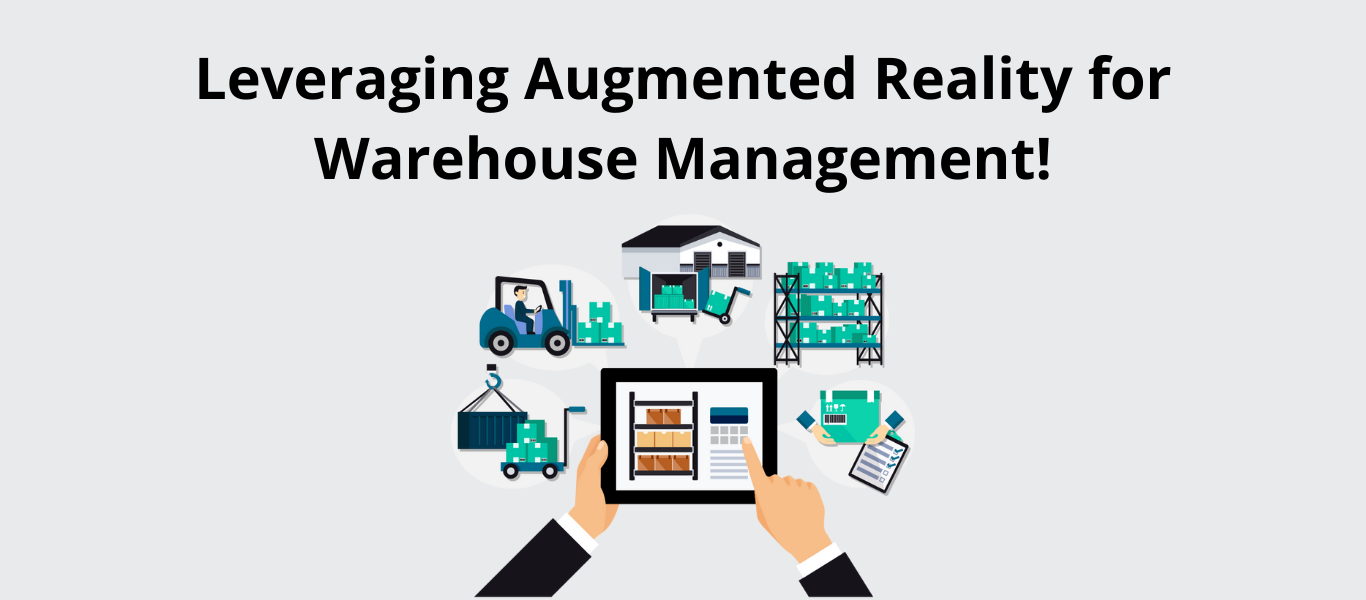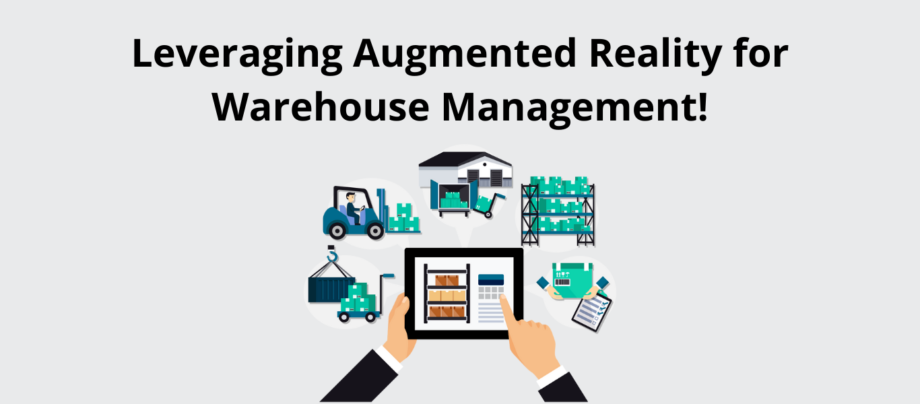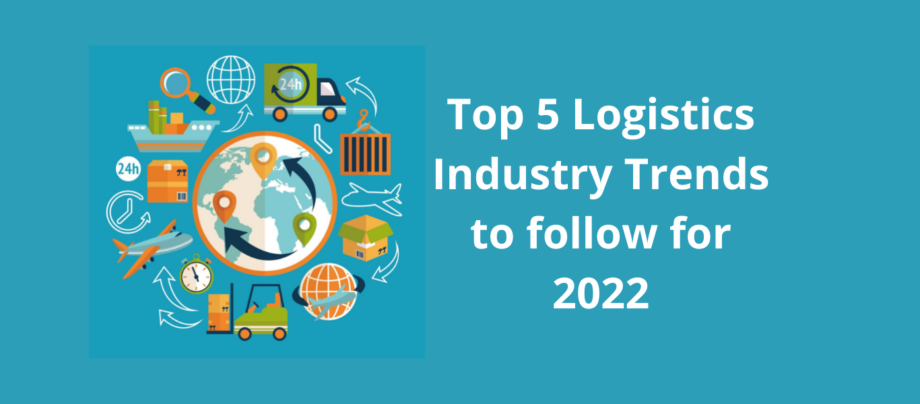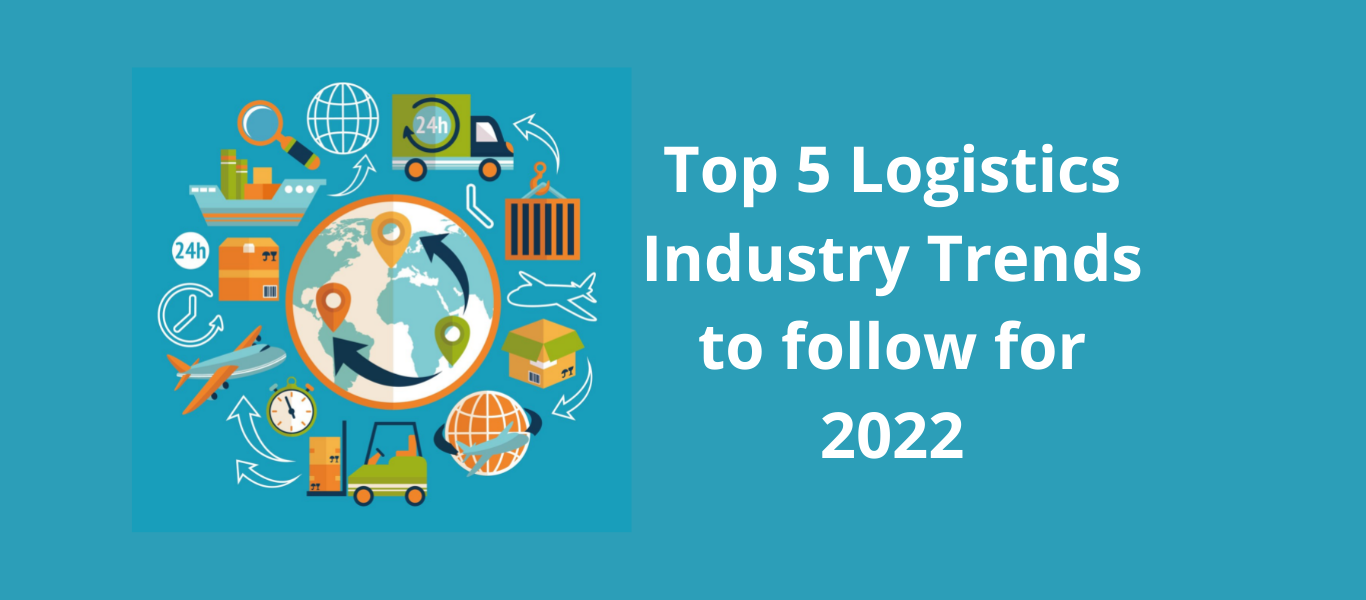Leveraging Augmented Reality For Warehouse Management

Warehousing is one of the most significant aspects of the supply chain. It is a place where commodities are stored for business purposes. Fast and flawless warehouse operations are more vital than ever in today’s competitive corporate environments. To provide a great client experience, materials should not only be well-handled but also shipped at the appropriate time. Logistics firms around the world are investing in innovative technologies and solutions to optimize warehouse processes and boost supply chain efficiency to stay ahead of the curve, and none of them show more promise than augmented reality (AR).
AR technology combines computer-generated assets with real-world warehousing, giving employees useful insights into how to save money and improve supply chain processes. Companies can ensure fast, accurate, and optimal inventory, order picking, and material handling processes by incorporating AR into a warehouse management system.
Logixgrid has been providing Warehouse Management Software to help businesses enhance the physical world with critical digital information for more than a decade. with a leading cloud-based Warehouse Management System, you can record inventories accurately, efficiently, and grow your business faster along with customer satisfaction.
Following are some of the advantages that managers can expect from using augmented reality (AR) in their strategies:
1. AR’s Contribution to Warehouse Management :
A warehouse management system (WMS) is a collection of processes and software that is used to manage and control warehouse operations, such as picking and inventory management. Warehouse management systems can also differ significantly from one organization to the next. Some companies utilize a standalone warehouse management system, while others integrate their WMS into a larger enterprise resource planning system (ERP). Regardless of their complexities or powers, every WMS has the same goal: to improve the efficiency of your warehouse operations.
Warehouse management is aided by augmented reality, which improves the speed and accuracy of various data capturing operations. Warehouse managers and personnel can simply discover and track products and deliveries using smart device-based barcode scanning systems with AR technology, simplifying and improving processes in the process. Backorders and errors are reduced as a result of more effective WMS operations, leading to improved customer satisfaction. Let’s look at a few key WMS procedures that the Logix platform can support to give you a better idea of how your organization may leverage this fascinating technology to improve its warehouse efforts.
2. Order Picking with Augmented Reality :
Order picking is another significant and costly process in a warehouse. Order picking is the process of extracting the proper product as ordered by clients at the right time and in the right amounts. Customers want all products and services to be supplied faster in today’s technology-driven world. As a result, logistics firms are constantly under pressure to streamline the order picking process at the lowest possible cost to protect their revenue streams. Order picking used to be a time-consuming and difficult operation in which employees went through the warehouse looking for items that met the customer’s needs. This manual procedure was labor-intensive and prone to errors. Then came the popularity of barcode scanners. Workers had to scan barcodes one at a time to identify the item using this method, which was not only ineffective but also time-consuming.
Augmented reality aids warehouse management by speeding up and improving the accuracy of various data capture processes. Warehouse managers and staff can use smart device-based barcode scanning solutions with AR technology to easily locate and track products and parcels, simplifying and improving workflows. More efficient WMS operations also help to reduce backorders and errors, resulting in higher customer satisfaction. To give you a better idea of how your team can use this exciting technology to improve its warehouse efforts, let’s look at a few key WMS processes that AR can help with.
3. Inventory management with Augmented Reality :
Inventory management is one of the most important and difficult areas of warehouse management. Inventory checking is one of the most mind-numbing procedures in the inventory management process. Employees used to have to physically race around the warehouse to manually check whether merchandise needed to be replenished, was ready to ship, or was in good shape. Traditional stocktaking systems relied on paper and, more significantly, were time-consuming. Furthermore, personnel has to undergo costly training to achieve the necessary work outputs.
Many major logistics organizations invest in specialist barcode scanning devices since manual inventory management solutions are too slow and prone to errors for large enterprises. While these technologies improve stocktaking operations and reduce errors, they have limited flexibility and result in significant hardware expenses in the long run. Fortunately, your company’s stocktaking procedures can be optimized with smart-device-based barcode scanning solutions that include AR.
Logix WMS software can be quickly implemented across your workforce via smart devices, providing warehouse workers with a flexible and simple scanning solution. Your staff can process numerous barcodes at once, making inventory control and stocktaking more efficient and accurate. Our Warehouse Management Solution can reduce expenses and increase supply chain efficiency.
Choose the best Warehouse Management Solution with Logixgrid :
Are you ready to learn more about how the Logix platform may help your company improvise its internal business operations? Book a demo with us right now. Our staff has the knowledge and experience to assist you to understand how AR can help you enhance warehouse management procedures and discover the perfect solution for your specific requirements. You can also get in touch with us to learn more about augmented reality and how it might help you improve your logistics operations.
How to manage your orders and inventory of your eCommerce stores?
With eComGlobus, get access to a dynamic, easily configurable, and cloud-based WMS that connects your picking, packing, and shipping processes with your entire eCommerce operations.






